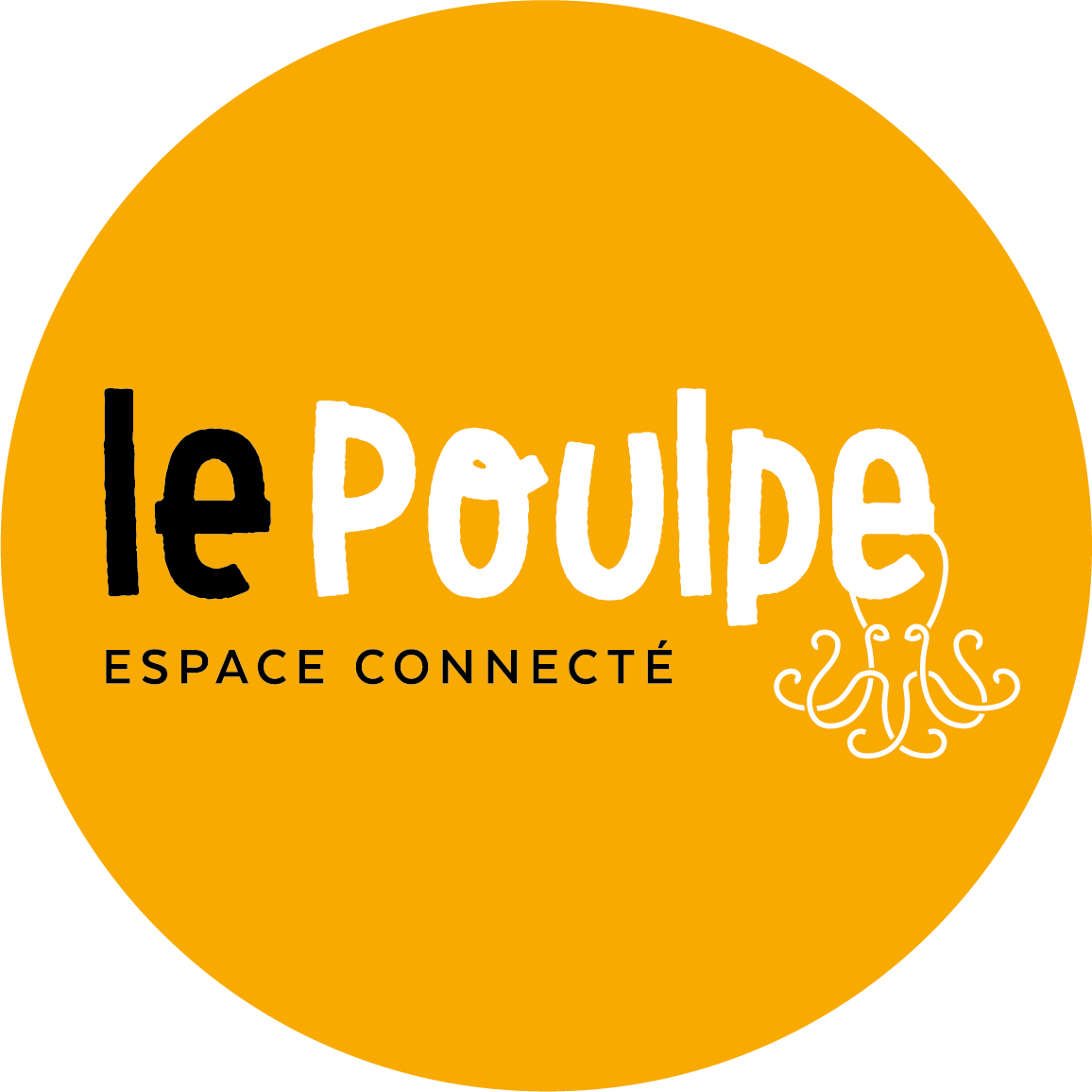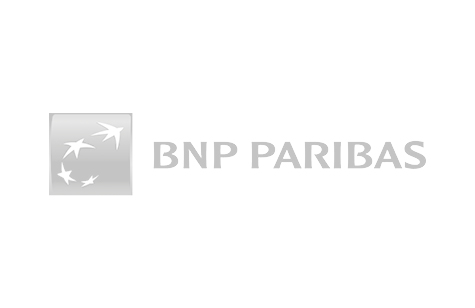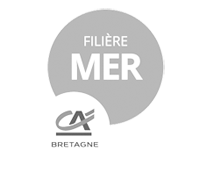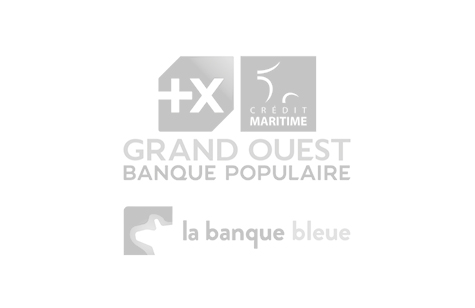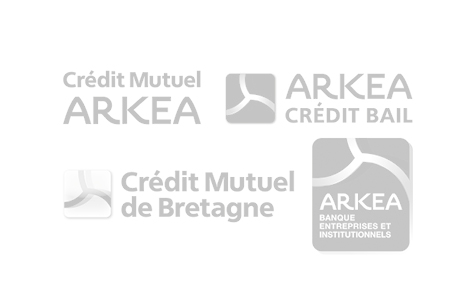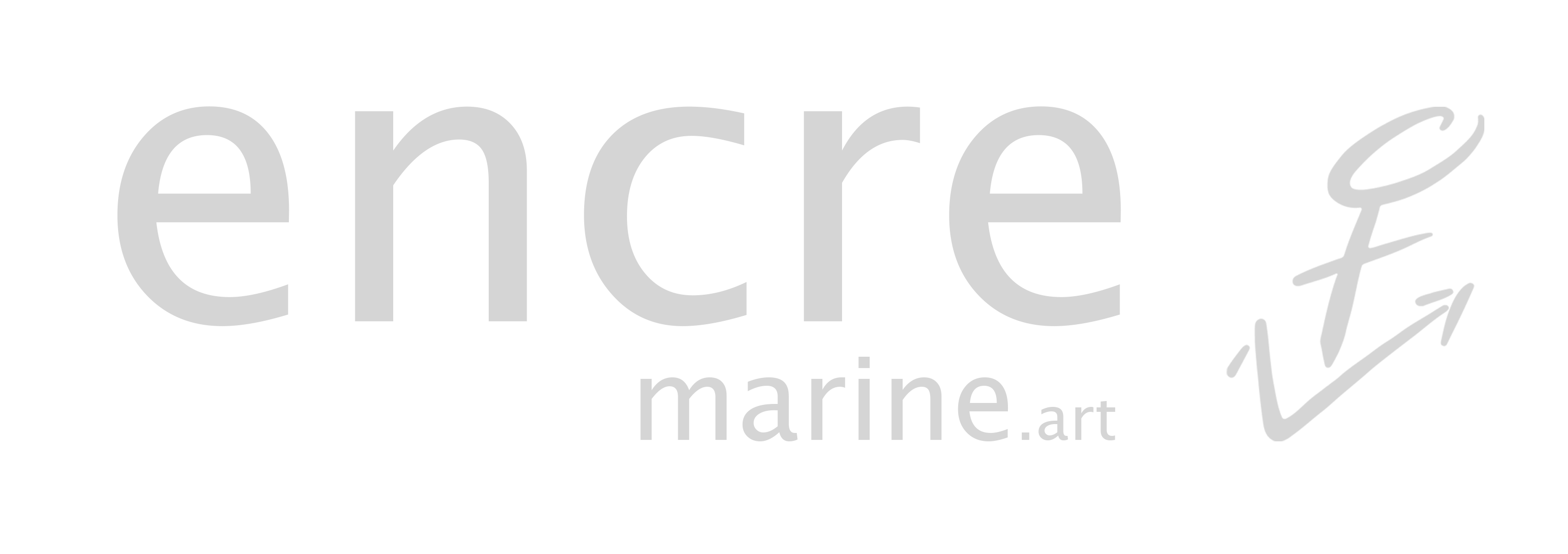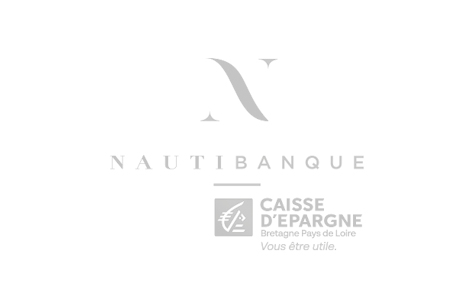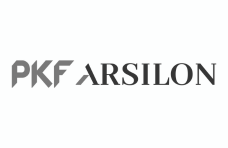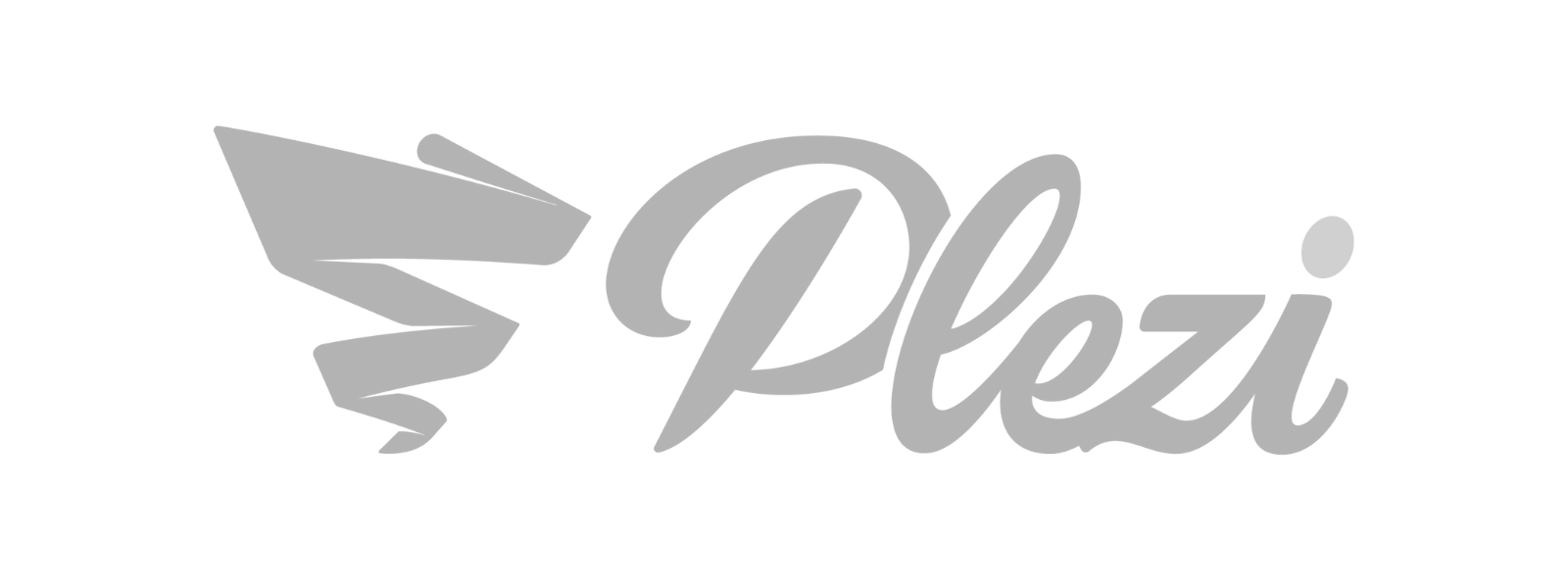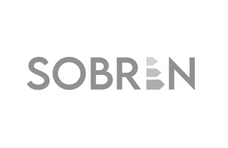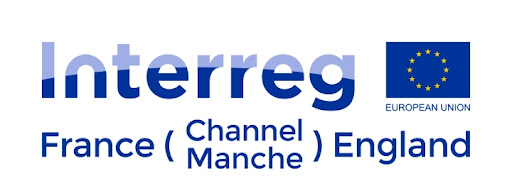- - OceanDataLab, Locmaria-Plouzané [Project Developer]
COASTWAVE Analysing the spatial variability of wave fields in coastal and littoral zones
Knowledge about the sea state is especially limited for coastal and littoral zones, since waves there change significantly through their interaction with the seabed.
This may be due to resuspension, refraction, diffraction, reflection, breaking or friction on the seabed.Breaking waves may cause loads several times greater than those caused by non-breaking waves, thus wrecking marine installations.
Multiple wave energy converters have been destroyed during storms, doubtless because of the extreme loads caused by breaking waves. The physical process of waves breaking is not well understood, and it is impossible to precisely predict the likelihood of encountering breaking waves in a particular sea state.
The COASTWAVE project is conducting local, high-resolution analysis of variability in wave height, length and direction, as well as in breaking. It is based on the European Copernicus high-resolution satellite imaging projects Sentinel-1 (synthetic aperture radar) and Sentinel-2 (optical imaging). Initially the project will develop and deploy innovative methods at specific sites of interest, in order to extract very local and quantitative geophysical parameters based on recent scientific developments.
The sector will therefore benefit by acquiring more granular information on the structure of wave fields in coastal and littoral zones. The project will also contribute finer statistical details of breaking, which can be used to check and improve simulation codes for sea states and parameters for breaking statistics.
The COASTWAVE project is also recognised by the Images & Réseaux cluster.




